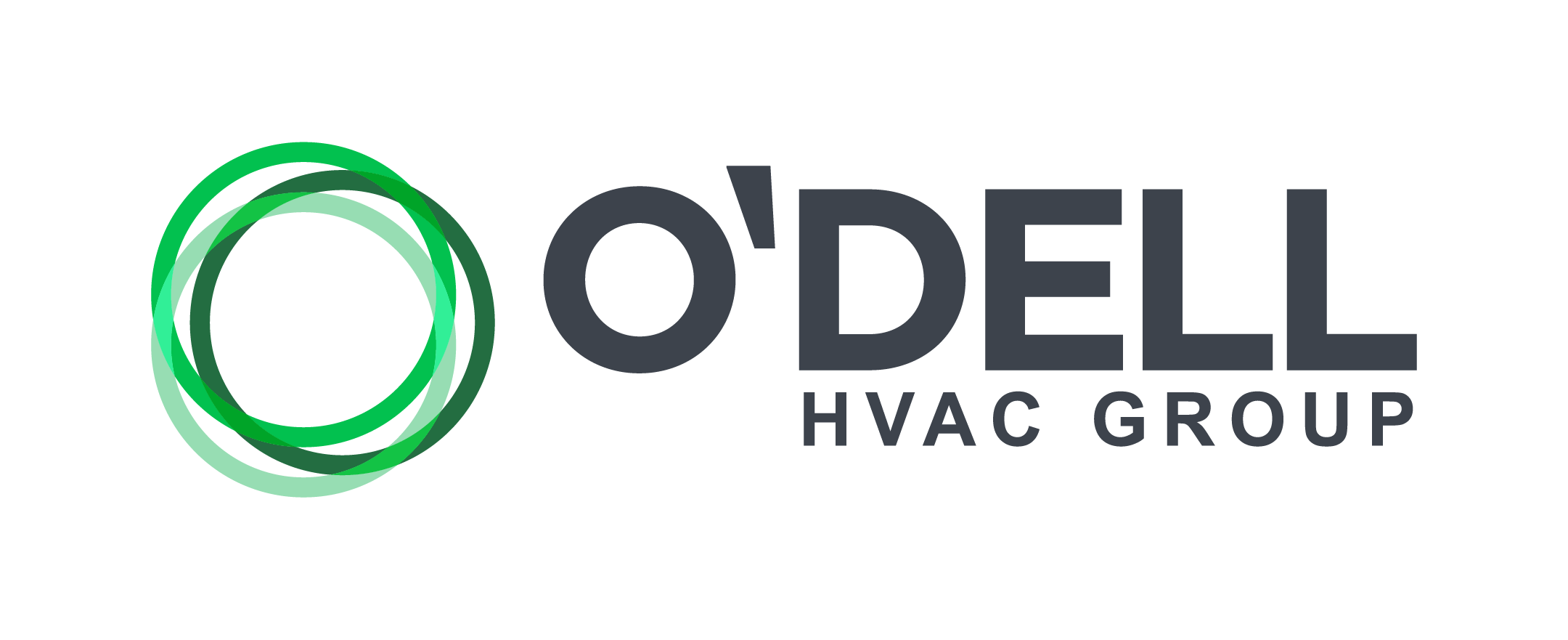What is all the fuss about ECM?
What is an ECM motor?
An ECM motor is made up of two components, the motor and a motor control module. The motor control module is what sets the ECM motor apart from any other motor.
Single phase 120 or 208/240 AC power is supplied to the motor module, which then converts the voltage to three phase DC voltage. The controller then sequentially energizes the three motor phases at the appropriate time for optimum operation. Additionally, the controller has the ability to modulate speed. The motor has a permanent magnet motor which helps to contribute to the motors efficiency. ECM motors are brushless and communicate electrically with the controller.
Why use an ECM motor?
- they operate in the 80% efficiency range at all speeds
- they generate less heat than PSC motors
- they are more energy efficient
- the have more controllability
- they have greater performance flexibility
PennBarry now offers ECM motors
PennBarry offers GreenPlus motors on several of their direct drive centrifugal fans. These fans are feature rich, with the following standard equipment:
- potentiometer dial for speed control (can save the expense of a VFD!)
- 0-10VDC control input for integration with BAS
- Up to 80% useable turndown vs. 30% with PSC motors
- Up to 90% motro efficiency through useable range
- available in 1/3 to 3/4HP, 115/208-230 single phase motors.
CLICK HERE for a brochure outlining the complete PennBarry GPLUS offering.
ECM vs. PSC motors
| ECM | PSC | Belt Drive | |
| Efficiency | Up to 90% thru operating range | 30-60% thru operating range | 66% at full load Additional drive losses |
| Flexibility | Up to 80% turndown | 30% turndown | ~80% turndown with sheaves
~70% turndwon with VFD |
| Controllability | Potientiometer and/or 0-10VDC BAS control | Discreet motor taps Speed controller option |
Additional expensive VFD |


Leave a Reply